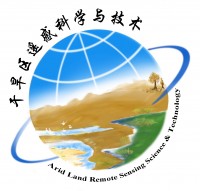Identifying Reservoirs and Estimating Evaporation Losses in a Large Arid Inland Basin in Northwestern China
2022
期刊
Remote Sensing
下载全文
- 卷 14
- 期 5
- 页码 1105
- MDPI AG
- ISSN: 2072-4292
- DOI: 10.3390/rs14051105
